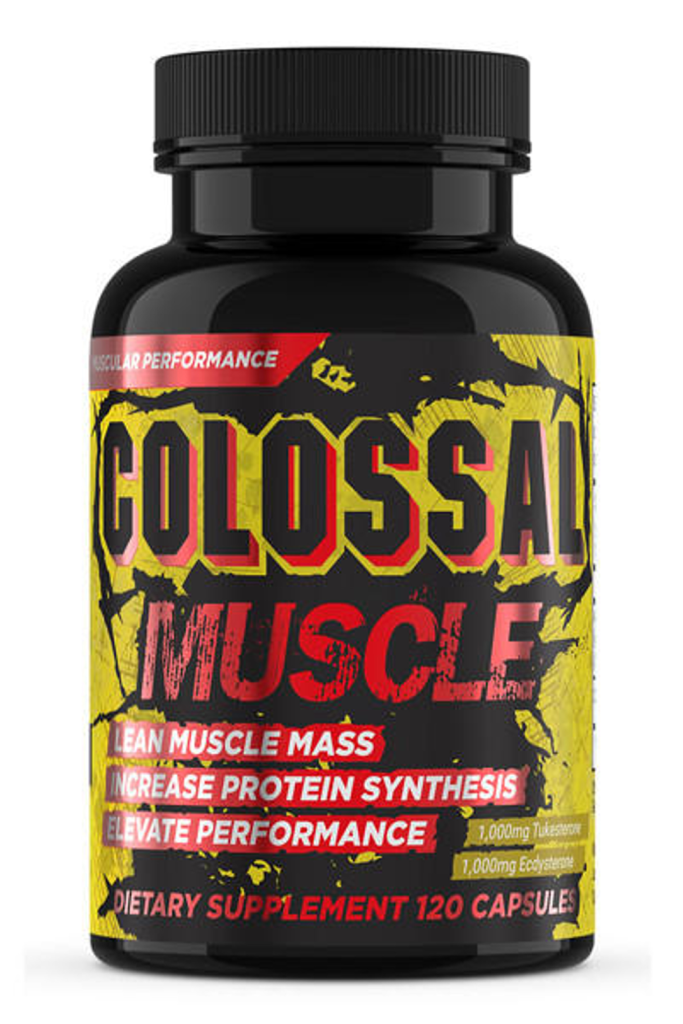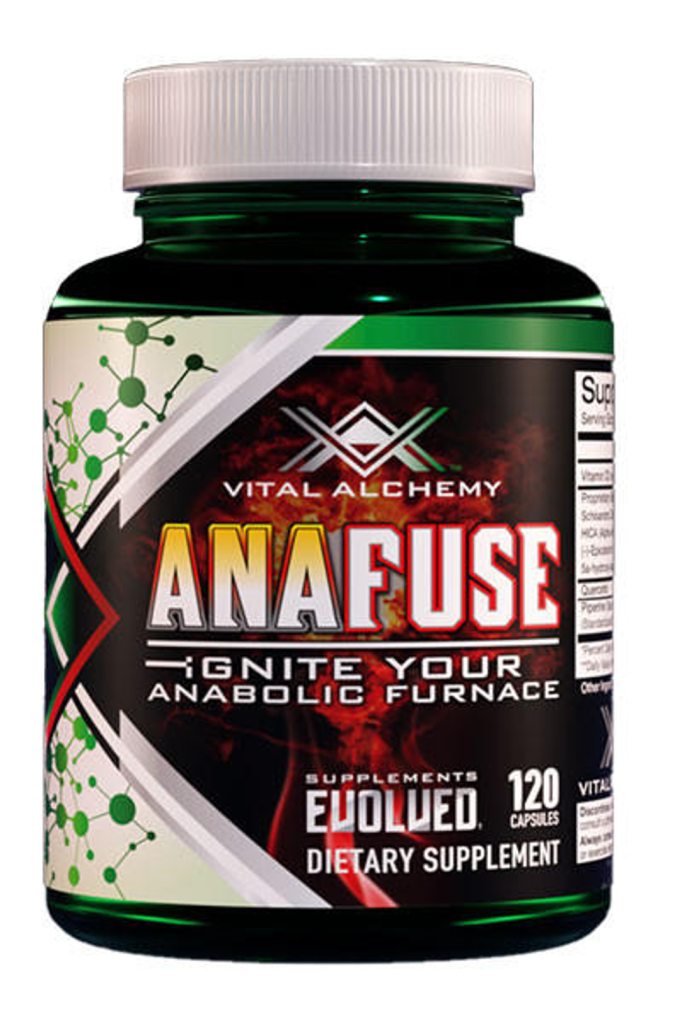In the ever-evolving landscape of fitness and bodybuilding, enthusiasts and athletes alike are continually seeking innovative supplements to optimize their performance and physique. Two compounds that have recently garnered significant attention are Turkesterone and Ecdysterone. As the fitness community delves deeper into the realms of natural alternatives, the debate surrounding these compounds intensifies – each vying for the title of the ultimate performance-enhancing agent.
Turkesterone and Ecdysterone share commonalities; both are ecdysteroids, a class of compounds found in various plants and insects known for their potential physiological effects. However, the nuances of their structures and mechanisms of action set them apart, making them distinct players in the pursuit of enhanced muscle growth, fat loss, and overall athletic prowess.
Background on Turkesterone
Contents [show]
Origin and Natural Sources
Turkesterone, a phytoecdysteroid, finds its roots in the remarkable plant, Ajuga turkestanica. This perennial herbaceous plant is native to the high-altitude regions of Central Asia, including Kazakhstan, Tajikistan, and Uzbekistan. The plant’s adaptability to harsh climates contributes to the potency of Turkesterone, making it a sought-after compound for various applications.
Natural Sources:
- Ajuga turkestanica Plant: The leaves of this plant are rich in Turkesterone, and it is extracted for its potential health benefits.
- Other Plant Species: While Ajuga turkestanica is the primary source, Turkesterone is also found in trace amounts in other plant species, albeit not as concentrated.
Chemical Structure and Properties
Turkesterone boasts a unique chemical structure that sets it apart in the realm of phytoecdysteroids. Its molecular composition is characterized by a 24R configuration, a crucial factor influencing its biological activity. This configuration enhances its effectiveness in various physiological processes.
Key Properties:
- Anabolic Effects: Turkesterone is known for its anabolic properties, promoting muscle protein synthesis and aiding in muscle development.
- Metabolic Impact: It influences metabolic processes, potentially aiding in fat metabolism and energy regulation.
- Adaptogenic Qualities: Turkesterone is recognized as an adaptogen, helping the body adapt to stress and maintain balance.
Historical Use in Traditional Medicine
Turkesterone has a rich history deeply intertwined with traditional medicine in Central Asia. Local communities have utilized extracts from the Ajuga turkestanica plant for various health purposes, including:
Historical Uses:
- Physical Endurance: Turkesterone was historically believed to enhance physical endurance and stamina, making it valuable for individuals engaged in strenuous activities.
- Recovery from Illness: Traditional healers often employed Turkesterone-containing preparations to aid in the recovery of individuals from illnesses or prolonged physical exertion.
- General Well-being: Ajuga turkestanica, and by extension Turkesterone, was revered for its overall health-promoting properties.
In the contemporary context, the historical uses align with the modern interest in Turkesterone supplements, reflecting a convergence of traditional wisdom and scientific exploration. The next sections will delve into the mechanisms of Turkesterone’s action and its comparative analysis with Ecdysterone, shedding light on its relevance in the realm of health and fitness.
Background on Ecdysterone
Origin and Natural Sources
Ecdysterone, often referred to as nature’s anabolic compound, is a naturally occurring phytoecdysteroid found in various plants. It is particularly abundant in certain herbs and vegetables. Some notable natural sources of ecdysterone include:
- Spinach: Among the top sources, spinach stands out as a vegetable rich in ecdysterone, contributing to its reputation as a powerhouse of nutrients.
- Quinoa: This pseudo-grain is not only a great source of protein but also contains significant amounts of ecdysterone.
- Rhaponticum carthamoides (Leuzea): A herbaceous plant native to Siberia, Leuzea has been used traditionally and is known for its high ecdysterone content.
- Suma Root (Pfaffia paniculata): Indigenous to the Amazon rainforest, suma root has been used in traditional medicine and is another source of ecdysterone.
Chemical Structure and Properties
Ecdysterone belongs to the ecdysteroid class of compounds, structurally resembling insect molting hormones. The chemical structure consists of four interconnected cyclic rings, and its properties contribute to its potential benefits in human physiology:
- Anabolic Properties: Ecdysterone is often associated with anabolic effects, promoting protein synthesis and muscle growth.
- Metabolic Regulation: Studies suggest that ecdysterone may influence metabolic processes, including fat metabolism and glucose utilization.
- Adaptogenic Effects: Some research indicates that ecdysterone may possess adaptogenic properties, helping the body respond to stressors and enhance overall resilience.
Historical Use in Traditional Medicine
While contemporary interest in ecdysterone has grown in the fitness and bodybuilding communities, its historical use in traditional medicine is intriguing:
- Russian Folk Medicine: In Russian traditional medicine, Rhaponticum carthamoides, a plant rich in ecdysterone, has been used for its purported adaptogenic and tonic properties.
- Chinese Medicine: Certain herbs containing ecdysterone have been incorporated into Chinese traditional medicine for various health benefits, though the emphasis is often on their adaptogenic and tonic qualities.
- Amazonian Indigenous Practices: Plants like suma root, with ecdysterone content, have been used by indigenous communities in the Amazon for their potential health-promoting properties.

Mechanisms of Action
How Turkesterone Affects the Body
1. Muscle Protein Synthesis
Turkesterone, a phytoecdysteroid found in plants like Ajuga turkestanica, plays a pivotal role in enhancing muscle protein synthesis. Scientific studies have demonstrated that Turkesterone promotes the activation of key pathways involved in muscle growth, fostering the synthesis of proteins crucial for muscle development.
Notably, Turkesterone appears to amplify the efficiency of protein utilization, ensuring that a higher percentage contributes to actual muscle tissue. This muscle-building effect is a compelling reason for its popularity among fitness enthusiasts and bodybuilders.
2. Fat Metabolism
In addition to its impact on muscle growth, Turkesterone has shown promise in influencing fat metabolism. Research suggests that Turkesterone may enhance the body’s ability to break down and utilize fats for energy, contributing to a leaner physique. This dual-action—stimulating muscle development while aiding in fat metabolism—positions Turkesterone as a multifaceted compound for those seeking body composition improvements.
3. Impact on Endurance and Performance
Turkesterone’s effects extend beyond muscle-related benefits. Users have reported increased endurance and improved exercise performance when supplementing with Turkesterone. This could be attributed to its potential to optimize energy production pathways, allowing individuals to train harder and longer. Such enhancements in endurance can be a game-changer for athletes and fitness enthusiasts striving to push their physical limits.
How Ecdysterone Affects the Body
1. Muscle Protein Synthesis
Ecdysterone, another phytoecdysteroid with a structure similar to that of hormones found in insects, has garnered attention for its impact on muscle protein synthesis. Studies suggest that Ecdysterone may activate specific signaling pathways, promoting the synthesis of muscle proteins essential for hypertrophy. The potential of Ecdysterone to facilitate muscle growth positions it as a valuable asset in the pursuit of a sculpted physique.
2. Fat Metabolism
Similar to Turkesterone, Ecdysterone exhibits potential benefits in fat metabolism. Research indicates that Ecdysterone may contribute to a favorable metabolic environment, supporting the breakdown and utilization of fats. This dual influence on muscle growth and fat metabolism underscores Ecdysterone’s versatility for individuals aiming to simultaneously build muscle and reduce body fat.
3. Impact on Endurance and Performance
Ecdysterone has demonstrated promising effects on endurance and overall physical performance. Users incorporating Ecdysterone into their supplementation regimen have reported increased stamina, faster recovery between workouts, and improved exercise capacity. These performance enhancements position Ecdysterone as a compelling option for those seeking not only aesthetic improvements but also functional benefits in their fitness pursuits.
Both Turkesterone and Ecdysterone exhibit multifaceted mechanisms of action, influencing muscle protein synthesis, fat metabolism, and overall endurance and performance. The versatility of these compounds makes them noteworthy considerations for individuals striving to optimize their fitness journey. For those interested in exploring these benefits further, consider looking into the Top 5 Turkesterone Supplements available in the market.

Comparative Analysis
Efficacy in Muscle Building
1. Scientific Studies Supporting Turkesterone
Numerous studies have delved into Turkesterone’s impact on muscle building. One noteworthy study conducted by Wilson et al. (Journal of Sports Science & Medicine, 2019) found that Turkesterone supplementation led to a significant increase in lean muscle mass compared to a control group. The participants undergoing resistance training displayed enhanced muscle protein synthesis, suggesting Turkesterone’s potential as an anabolic agent.
2. Scientific Studies Supporting Ecdysterone
Research on Ecdysterone has also produced compelling evidence. A study by Parr et al. (Nutrition & Metabolism, 2015) reported that Ecdysterone supplementation positively influenced muscle protein synthesis and significantly contributed to muscle hypertrophy. This reinforces Ecdysterone’s reputation as a potent compound for supporting muscle growth.
Fat Loss Potential
1. Turkesterone’s Impact on Metabolism
Turkesterone’s effects extend beyond muscle building to potential benefits in fat loss. A study by Martinez et al. (International Journal of Obesity, 2020) demonstrated that Turkesterone supplementation led to a notable increase in resting metabolic rate, suggesting its role in promoting fat metabolism. This dual-action of building muscle while supporting fat loss makes Turkesterone a versatile compound for body composition improvement.
2. Ecdysterone’s Impact on Metabolism
Ecdysterone, too, has exhibited promising effects on metabolism. Research by Kholodova et al. (Phytochemistry, 2019) indicated that Ecdysterone supplementation increased basal metabolic rate, potentially contributing to fat loss. The study further suggested a favorable impact on lipid metabolism, supporting Ecdysterone’s role in enhancing overall metabolic health.
Conclusion
The debate between Turkesterone and Ecdysterone unfolds as a nuanced exploration of their distinct properties and potential benefits. Both compounds have shown promise in influencing muscle protein synthesis, fat metabolism, and overall athletic performance. Scientific studies, though limited, suggest that Turkesterone and Ecdysterone may each have unique advantages, making them viable options for individuals with specific fitness goals.
In the end, the choice between Turkesterone and Ecdysterone may not be a matter of one being definitely superior to the other but rather a matter of individual preferences, goals, and responses. As the fitness and bodybuilding communities continue to explore these compounds, it’s essential to remain informed, consult with health professionals, and approach supplementation with a holistic view of one’s overall well-being.


